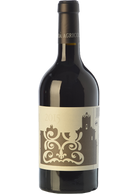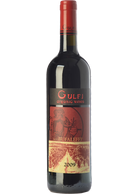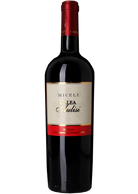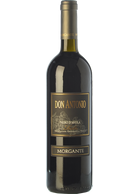Nero d'Avola
... if the Nerello is Etna's variety par excellence, the Nero d'Avola is the benchmark grape in the rest of Sicily, as the Barbera is in the Piedmont and the Sangiovese in Tuscany. (Daniel Cernilli)

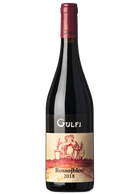

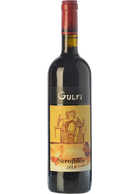


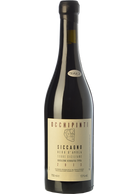
Arianna Occhipinti Nero d'Avola Siccagno 2022
BIO
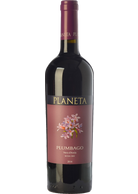
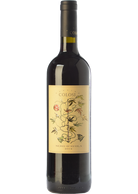

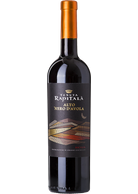
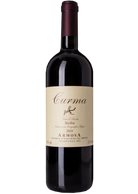
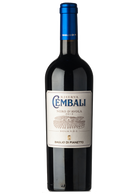
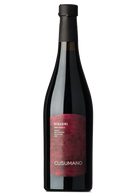

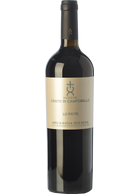
Cristo di Campobello Nero d'Avola Lu Patri 2018
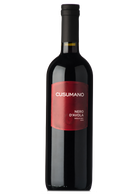
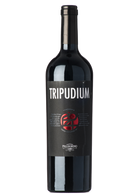
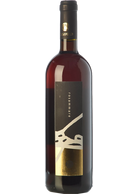
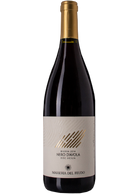
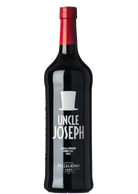
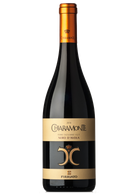
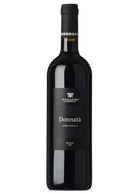
Alessandro di Camporeale Nero d'Avola Donnatà 2018
BIO
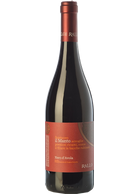
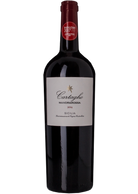
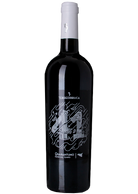
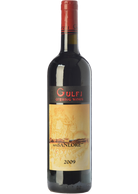
Nero d'Avola
... if the Nerello is Etna's variety par excellence, the Nero d'Avola is the benchmark grape in the rest of Sicily, as the Barbera is in the Piedmont and the Sangiovese in Tuscany. (Daniel Cernilli)
The Nero d'Avola has been the principal grape variety of Sicily's wines since before the arrival of international varieties, and well before the more recent experimentations that have taken place on the island's volcanic soils. A grape which is generous and charming, velvety and with a salinity reminiscent of the sea, whose wines nowadays have assumed a fineness, with surprising verticality and long periods of ageing. A variety that embodies Sicily's contradictory spirit, simultaneously sweet and bitter, the Nero d'Avola has acquired an impressive versatility: from easy-drinking young wines to thought-provoking sweet ones. An indigenous variety and pure bred which succeeds in expressing the marked territorial nature of this place in an exemplary way.
Originating in the classic region of Avola and Pachino, with calcareous lands and strong north-easterly winds, comes the Nero d'Avola from Gulfi, a wine that's traditional, characterful, austere and vertical. Arising in the centre of the island, out of soils rich in clay and sand, are genuine icons in this denomination's history, such as Duca Enrico and Rosso del Conte, powerful and most pleasant, with a judicious ageing in oak. The most contemporary area, in the western part of the island, produces Don Antonio, an exotic, spicy and very original Nero d'Avola, as well as Mille e una notte from Donnafugata, a similar interpretation with a small amount of Syrah.


